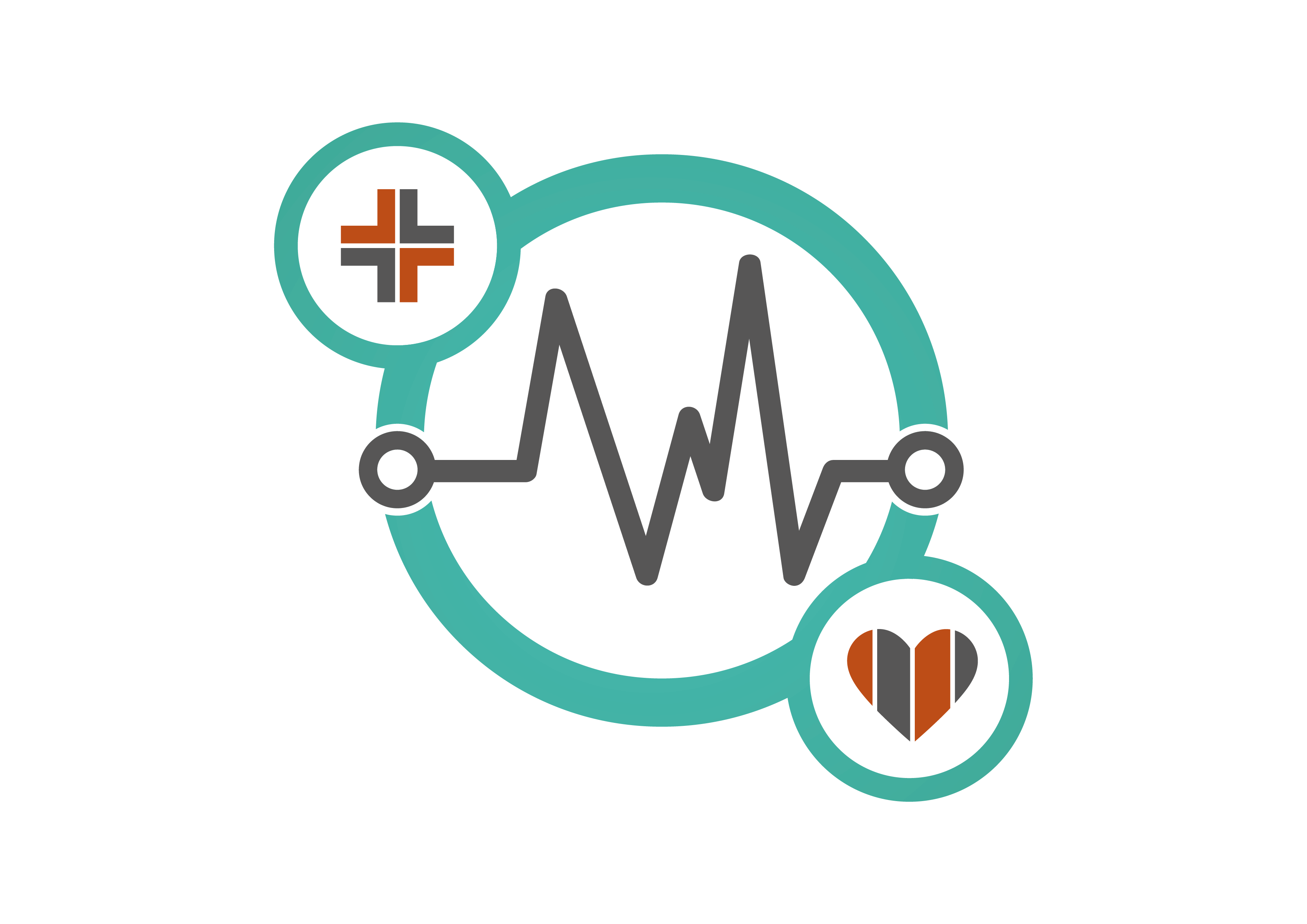Persistent Systems, a global Digital Engineering and Enterprise Modernisation leader, has launched an innovative Generative AI-powered Population Health Management (PHM) Solution in collaboration with Microsoft. Aligned with value-based care models, the Solution identifies Social Determinants of Health (SDoH) to determine patients’ non-clinical needs and better predict the cost of care driven by clinical conditions. It helps patients receive quality care at the right time and in the right place, while optimising capacity and cost-effectiveness for healthcare providers and organisations.
Predictive risk modelling is a critical tool to identify patients who will require significant medical assistance, as a relatively small proportion of the population accounts for the majority of healthcare spending. Leveraging Microsoft Azure OpenAI Service and Dynamics 365 Customer Insights, Persistent’s PHM Solution identifies SDoH based on Electronic Health Records (EHR) data. Since up to 80% of key patient information within an EHR is in the form of unstructured clinical notes, Persistent’s Solution accurately extracts this information, unlike PHM solutions in the market, which are solely dependent on third-party data sources or survey data. This innovative method, compared to existing natural language processing-based approaches, is intended to improve patient outcomes through more timely and intelligent care recommendations, and provides higher accuracy, improved scale, and increased compliance.
Ganesh Nathella, Senior Vice President and General Manager – Global Lead, HLS Business, Persistent said: “We’re confident that through actionable and trackable insights and personalised intervention, this Solution will significantly improve physician’s and caregiver’s decision-making to enhance patient experience and overall care quality.”
David Rhew, M.D., Global Chief Medical Officer and Vice President of Healthcare at Microsoft said: “The goal of population health management is to improve overall health of a population by applying cost-efficient interventions designed to promote better health for groups of individuals. To accomplish this, we need to harness data to identify individual needs, monitor the success of interventions, and benchmark against comparative data.”


